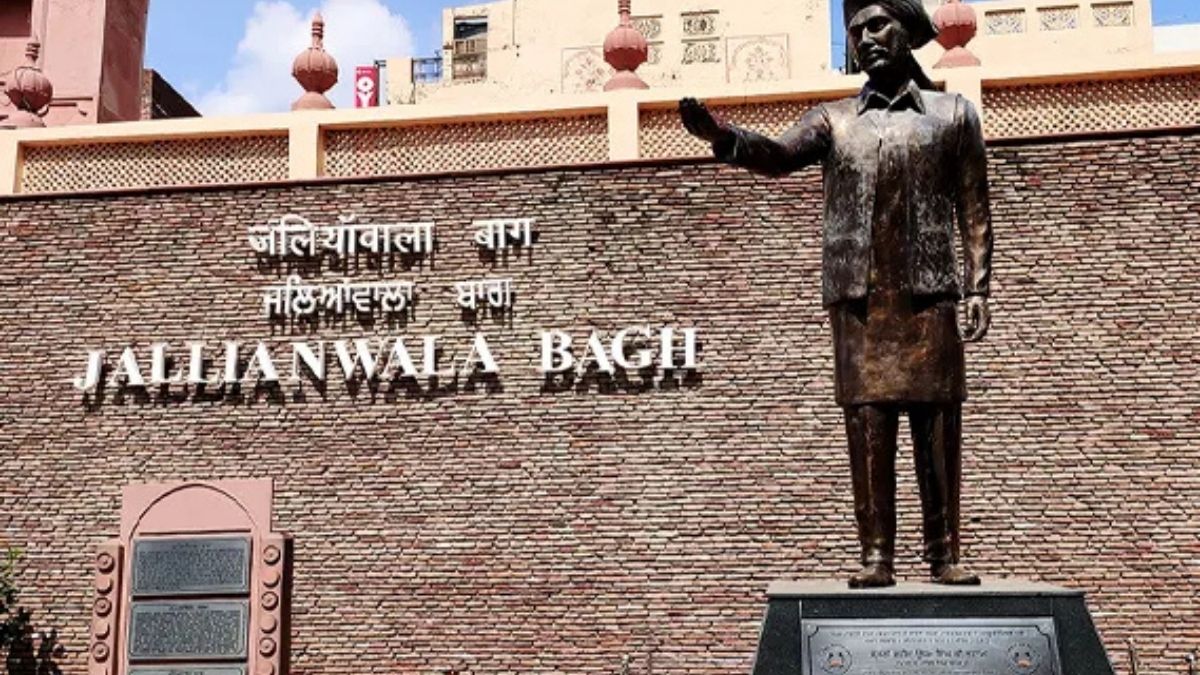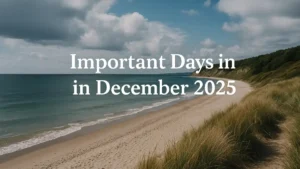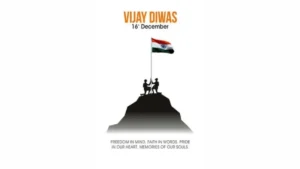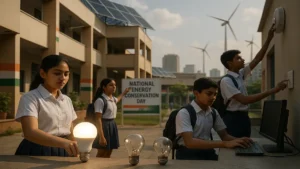The Jallianwala Bagh Massacre of 1919 is one of the most pivotal and tragic events in the history of India’s struggle for independence. On April 13, 1919, British troops under the command of General Reginald Dyer opened fire on an unarmed crowd of Indian civilians, leading to the deaths of hundreds. This brutal act of violence marked a turning point in India’s freedom movement, as it galvanized widespread national resistance against British colonial rule. The massacre not only exposed the harsh realities of British oppression but also instilled a renewed sense of urgency and unity among the Indian population to seek independence.
Key Points of the Jallianwala Bagh Massacre
1. What Was the Jallianwala Bagh Massacre?
- Date and Location: Occurred on April 13, 1919, in Jallianwala Bagh, Amritsar, Punjab.
- Event Description: British troops, led by General Reginald Dyer, fired on a peaceful crowd of Indian civilians who had gathered to protest against the arrest of two prominent nationalist leaders, Dr. Saifuddin Kitchlew and Dr. Satya Pal, and the repressive Rowlatt Act.
- Casualties: Over 1,000 people were killed, and many more were wounded. Estimates vary, with some suggesting more than 500 deaths.
2. Background to the Massacre
- Impact of World War I: During World War I, the British colonial government imposed harsh measures to suppress any form of dissent. Many Indians, who had hoped for greater political autonomy after supporting the British during the war, were disappointed when the British failed to offer meaningful reforms.
- The Rowlatt Act (1919): This act allowed the British authorities to arrest and detain individuals suspected of sedition without trial, leading to widespread resentment across India. It aimed to curb revolutionary activities but instead intensified anti-colonial sentiment.
- Unrest in Punjab: The arrest of Kitchlew and Satya Pal in Amritsar sparked massive protests. The British responded by imposing martial law in the region, and General Dyer was tasked with controlling the unrest.
- Baisakhi Festival: On April 13, 1919, thousands of people gathered at Jallianwala Bagh, unaware of the martial law prohibiting public gatherings. Many were celebrating Baisakhi, a religious festival, while others were protesting.
3. The Massacre
- General Dyer’s Response: Upon hearing of the gathering, Dyer ordered his troops to march to Jallianwala Bagh. He blocked the only exit of the park and ordered the soldiers to open fire on the unarmed crowd without warning. The firing lasted for about 10-15 minutes and resulted in horrific casualties.
- No Escape: The garden was surrounded by buildings, leaving the crowd with no escape. Reports suggest that 1650 rounds of ammunition were fired, with soldiers deliberately targeting people fleeing towards the walls.
4. Causes of the Massacre
- The Rowlatt Act: The controversial Rowlatt Act was a direct catalyst, as it allowed for arbitrary arrests and imprisonment of Indians suspected of seditious activities.
- Martial Law: Martial law was declared in Amritsar, limiting freedom of assembly and movement. The arrest of local leaders further escalated tensions in the region.
- Protest and Repression: The massacre occurred in the context of widespread protests against the British, fueled by the unfulfilled promises made to India during World War I.
5. Aftermath and Reactions
- Indian National Congress (INC): The INC, led by figures such as Mahatma Gandhi and Motilal Nehru, condemned the massacre. Gandhi, who had been a supporter of British rule, was so shocked by the brutality that he returned the Kaiser-i-Hind medal he had received during the Boer War.
- British Response: In Britain, there was considerable outrage. Winston Churchill and former Prime Minister H.H. Asquith criticized the massacre, while Michael O’Dwyer, the then Lieutenant Governor of Punjab, supported Dyer’s actions.
- Hunter Commission: The British government formed the Hunter Commission to investigate the massacre. While the commission condemned General Dyer’s actions, it took no punitive action against him.
6. Impact of the Massacre
- Nationalism and Non-Cooperation Movement: The massacre deeply influenced Mahatma Gandhi, who initiated the Non-Cooperation Movement (1920-22), calling for the complete boycott of British goods, services, and institutions.
- Disillusionment with British Rule: Many moderates who had believed in the possibility of reform within the British Empire were disillusioned by the massacre. It highlighted the inherent racism and brutality of British rule.
- International Reactions: The massacre attracted widespread international condemnation, with many foreign governments and human rights organizations expressing outrage.
- Cultural Responses: The massacre inspired cultural and political responses, including Rabindranath Tagore renouncing his knighthood in protest. The incident also sparked the Gurudwara Reform Movement, as the Sikh clergy honored General Dyer, angering many.
7. Significance of the Jallianwala Bagh Massacre
- Turning Point in the Independence Struggle: The massacre intensified the Indian freedom movement, pushing the masses to unite against colonial oppression. It demonstrated the lengths to which the British were willing to go to maintain control, cementing the resolve for independence.
- Symbol of Colonial Brutality: The incident became a symbol of the brutality and arrogance of British colonial rule, sparking a nationwide demand for justice.
- Legacy: Today, Jallianwala Bagh is a national memorial, and the massacre is commemorated annually to honor the memory of those who lost their lives.
8. Key Figures
- General Reginald Dyer: The British officer responsible for the massacre.
- Mahatma Gandhi: His response to the massacre led to the launch of the Non-Cooperation Movement.
- Rabindranath Tagore: The Nobel laureate poet who renounced his knighthood in protest against the massacre.
- Michael O’Dwyer: The Lieutenant Governor of Punjab who supported Dyer’s actions.



 Important Days in December 2025, Nationa...
Important Days in December 2025, Nationa...
 Vijay Diwas 2025: India and Bangladesh M...
Vijay Diwas 2025: India and Bangladesh M...
 National Energy Conservation Day 2025: M...
National Energy Conservation Day 2025: M...







